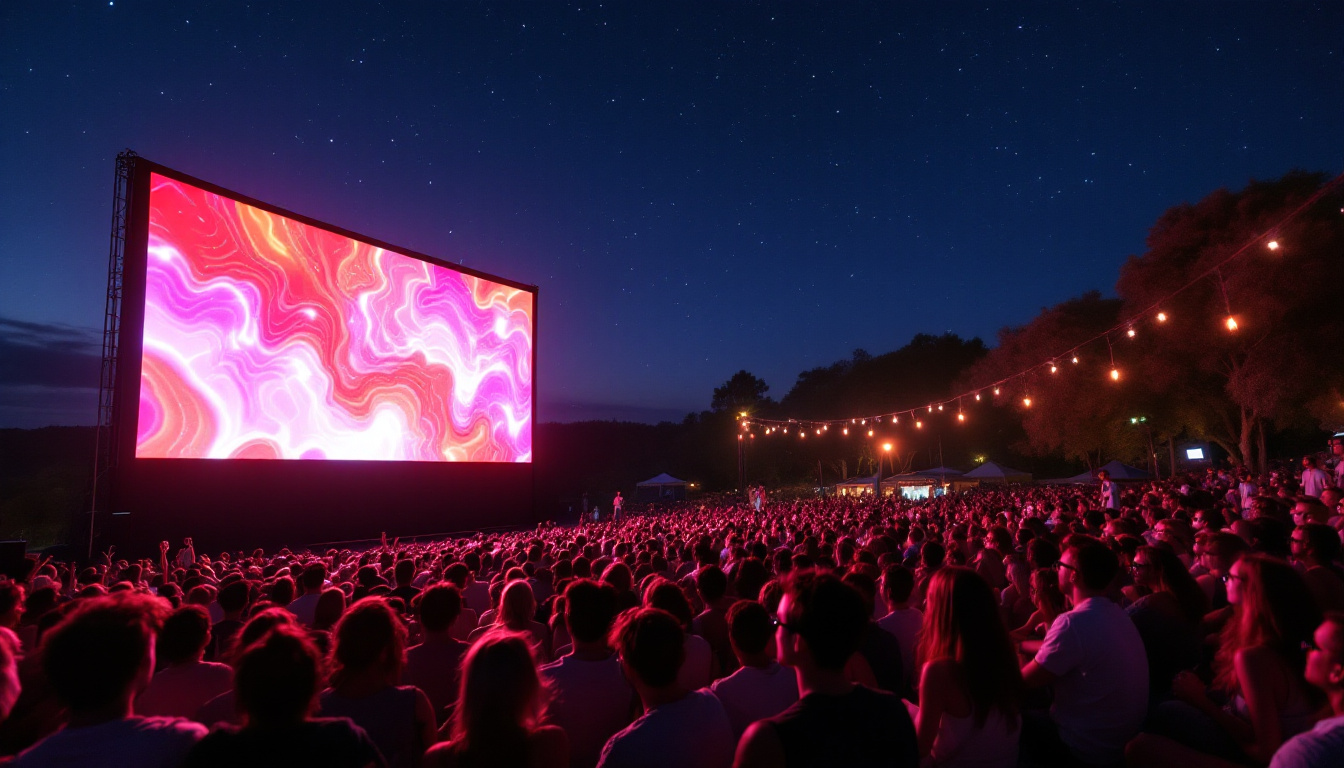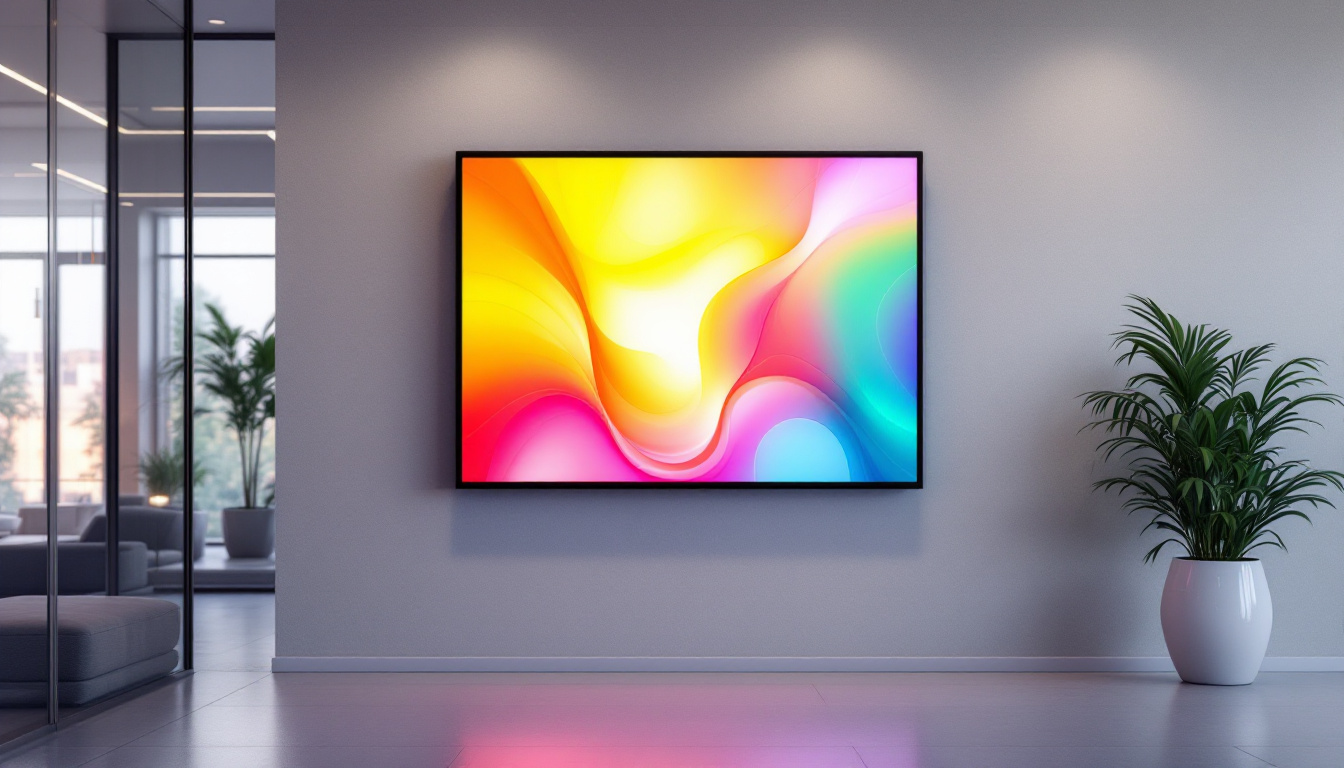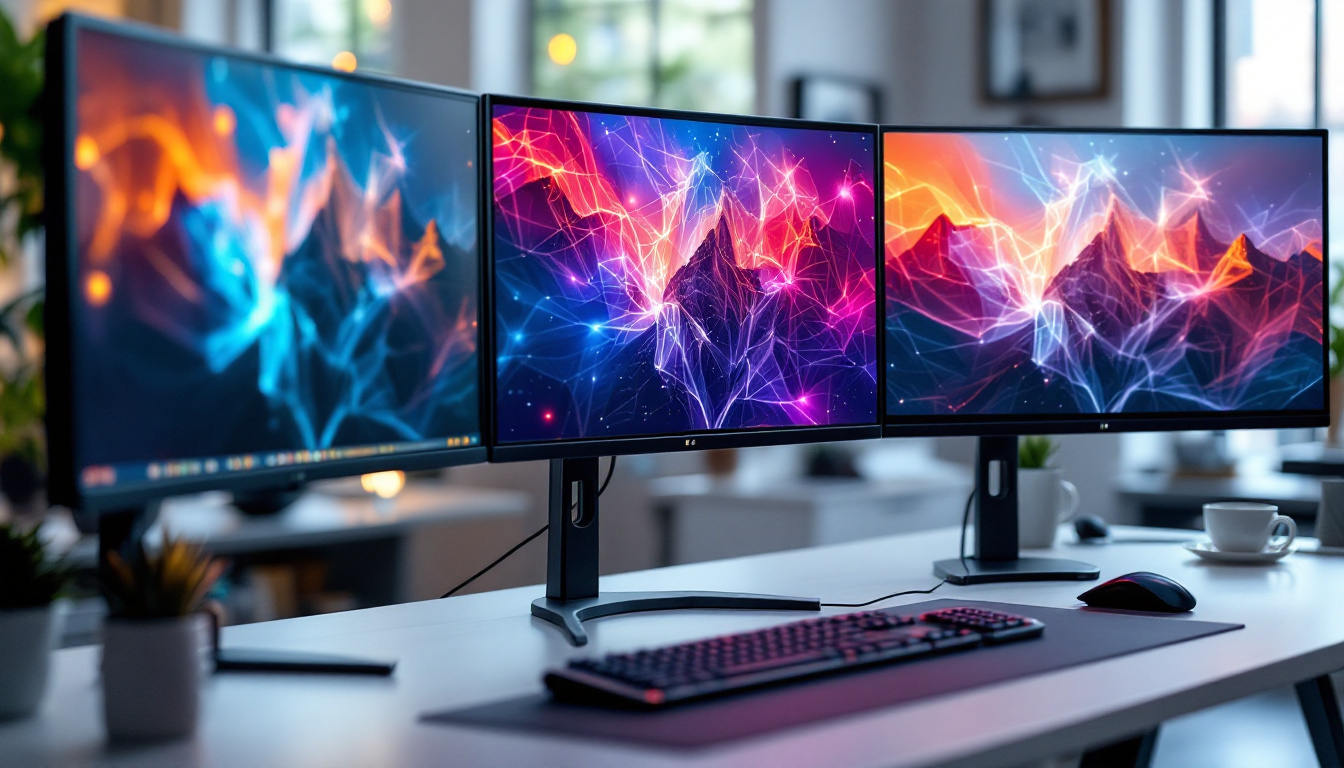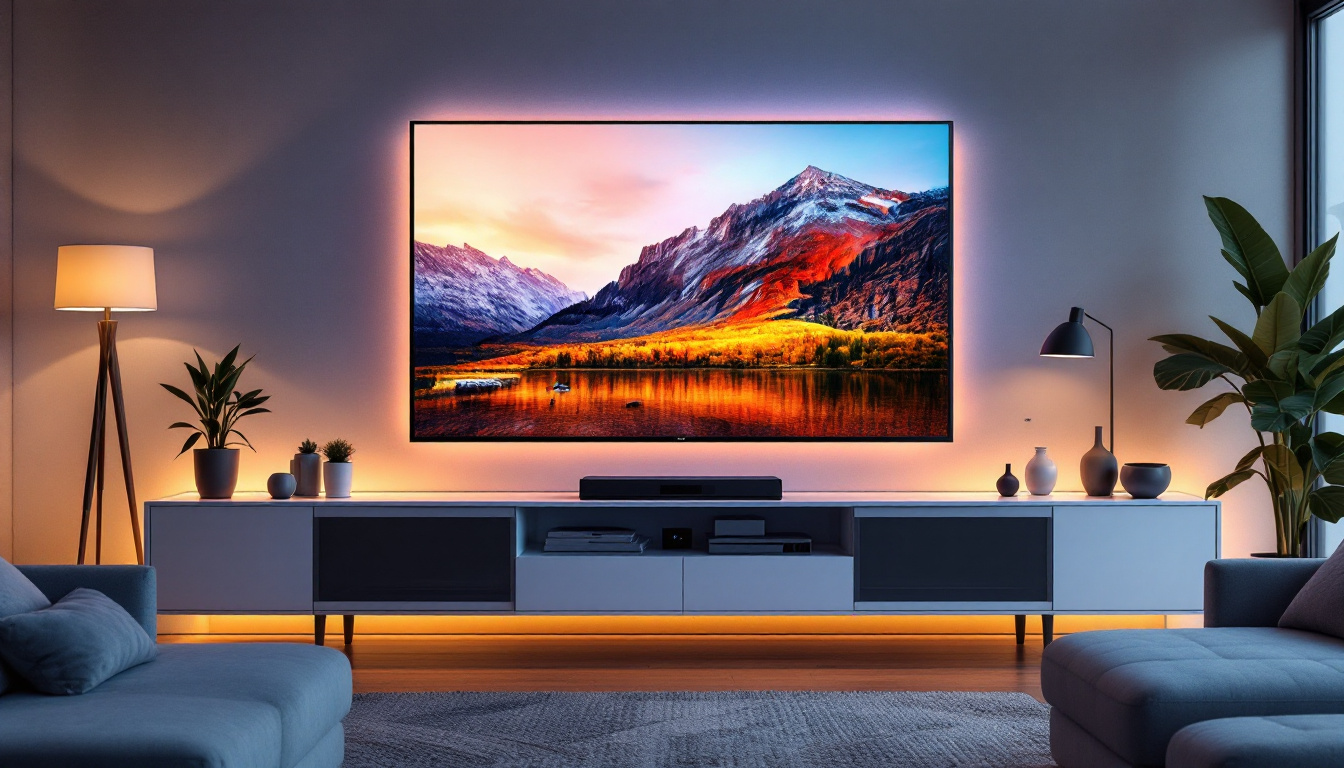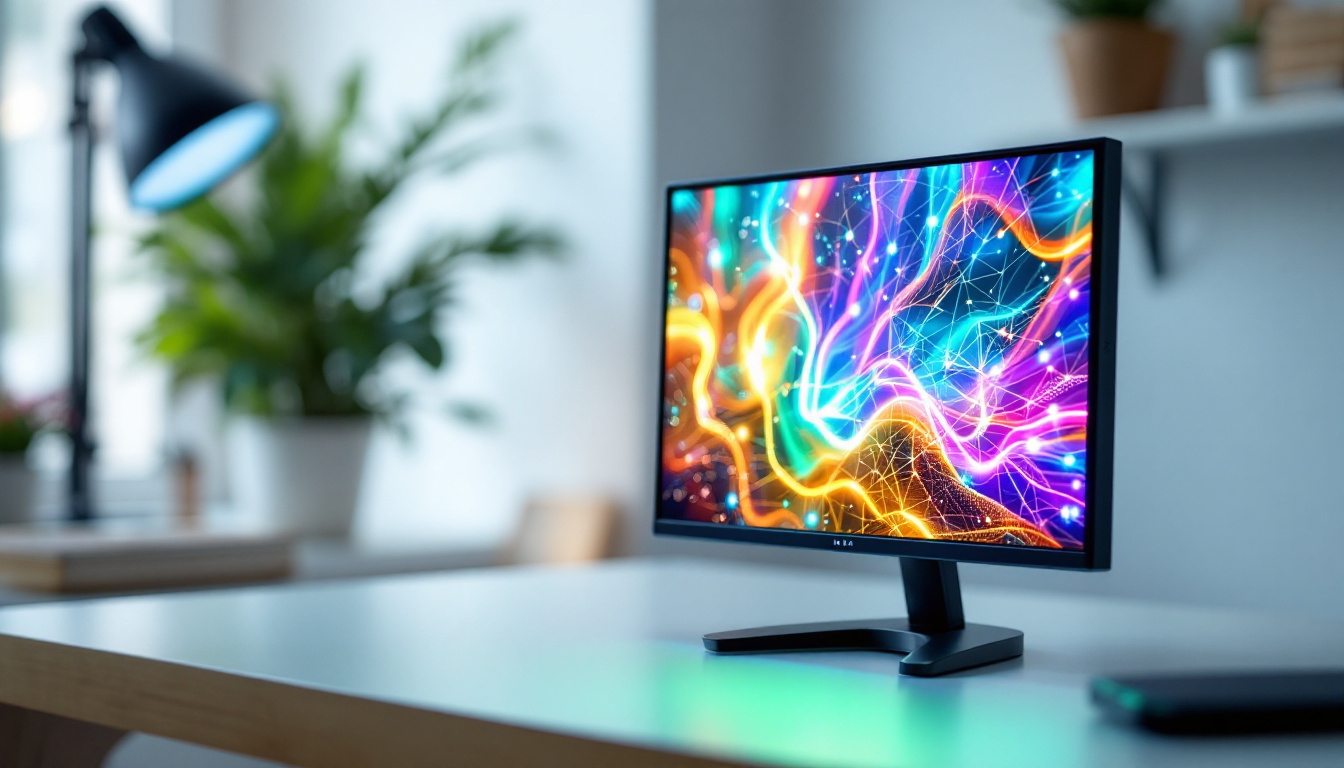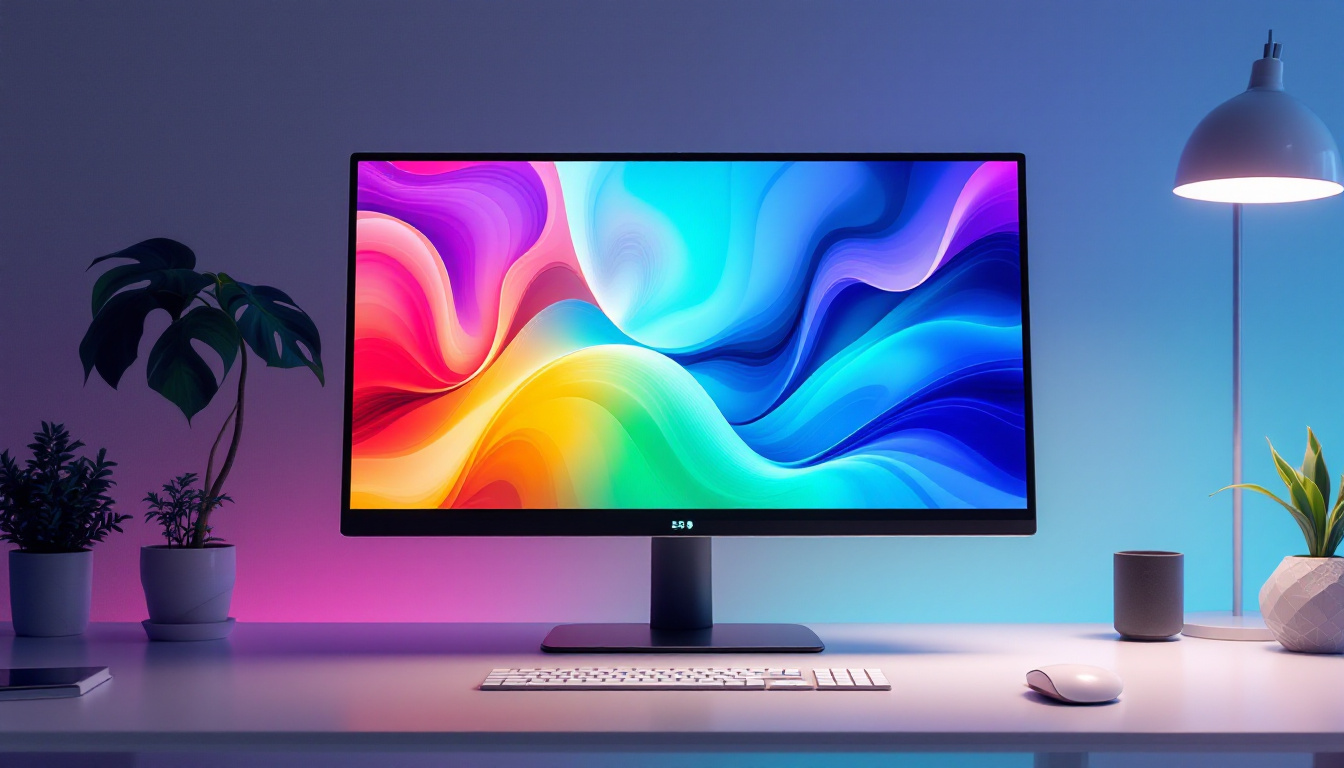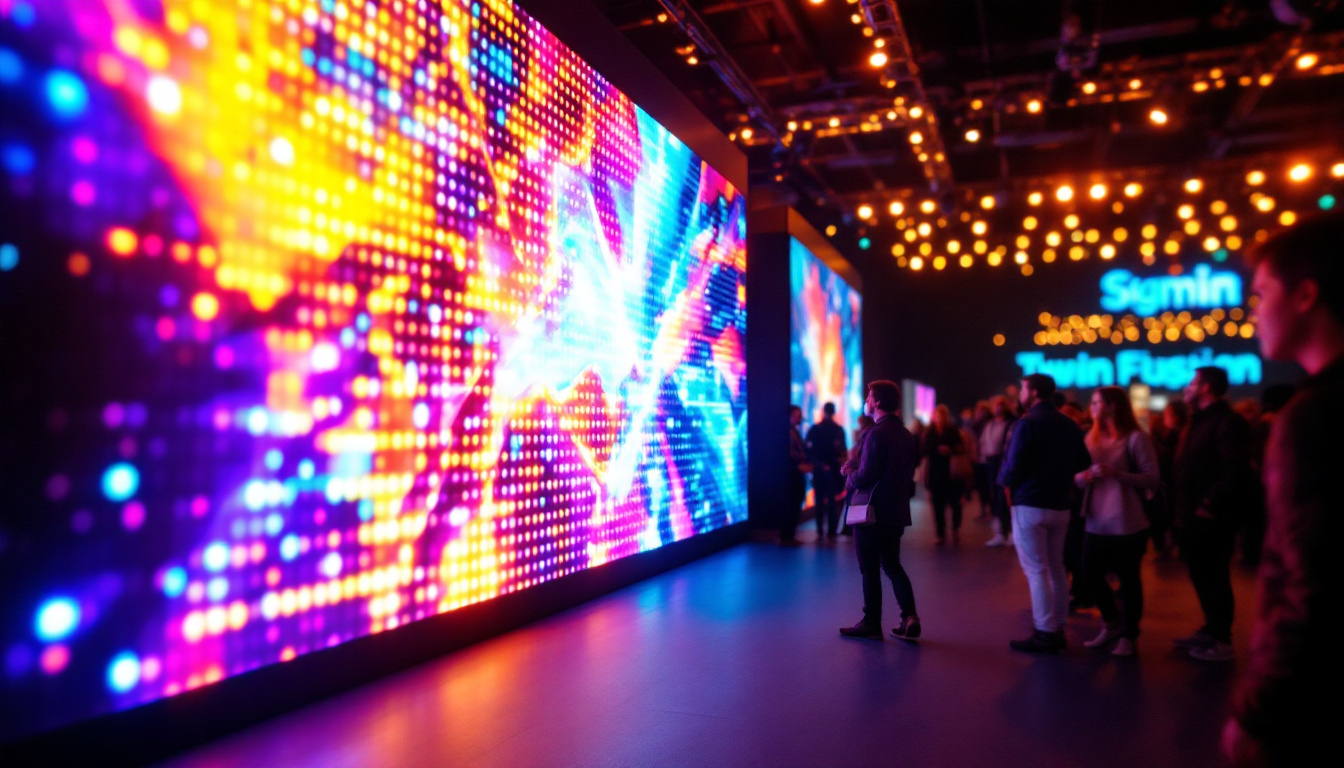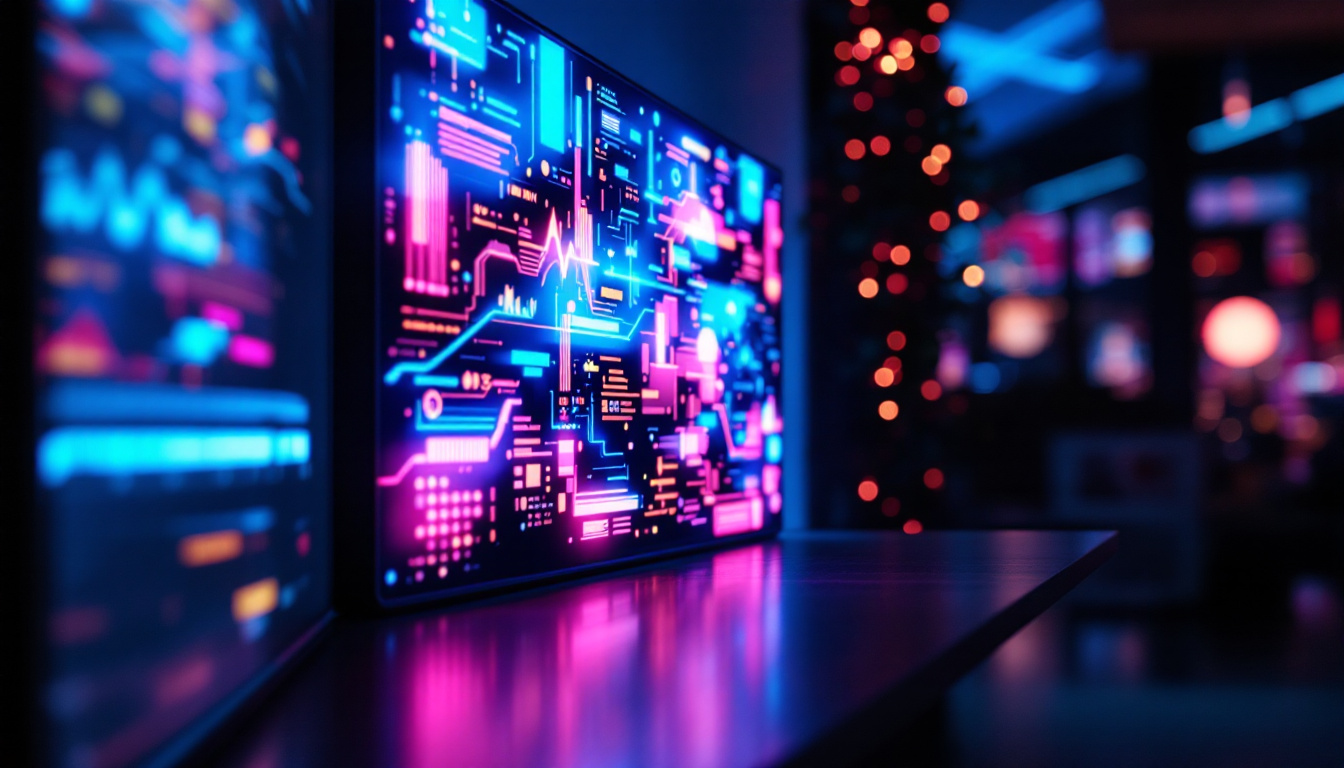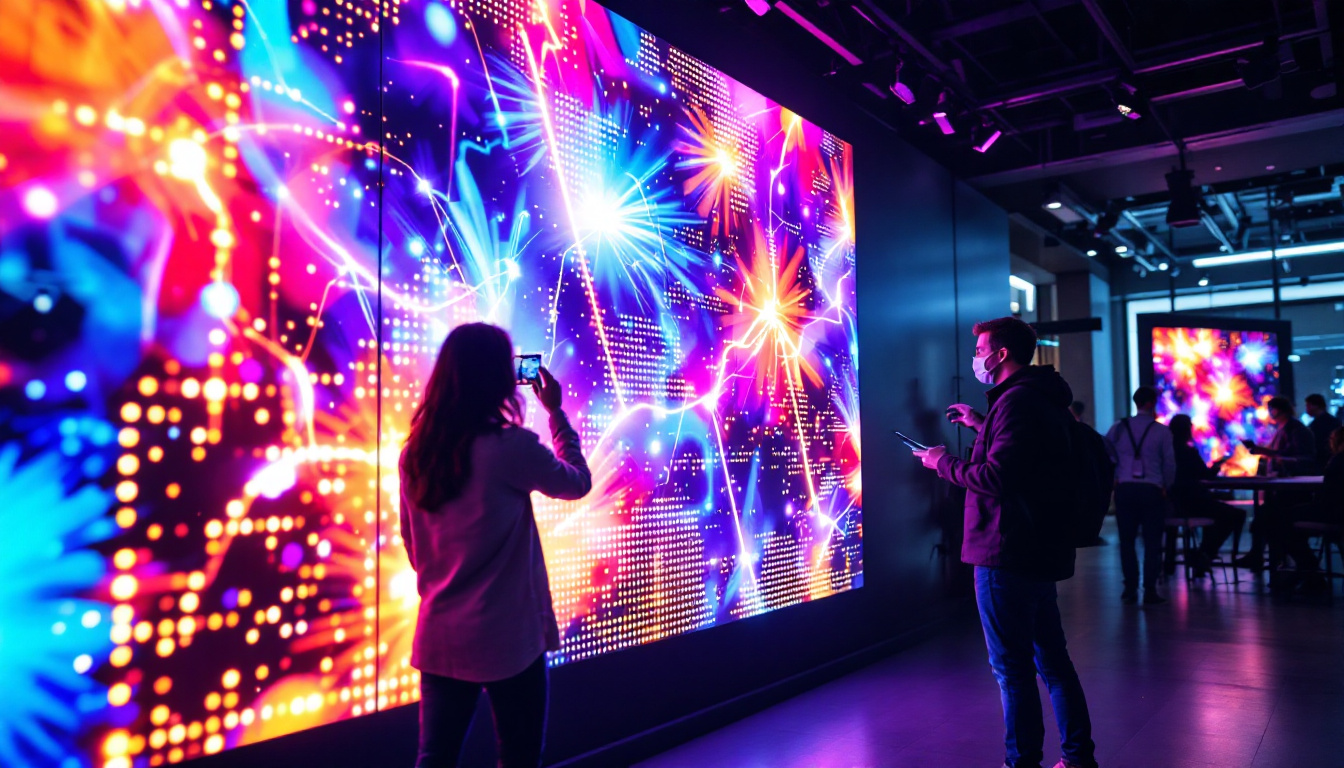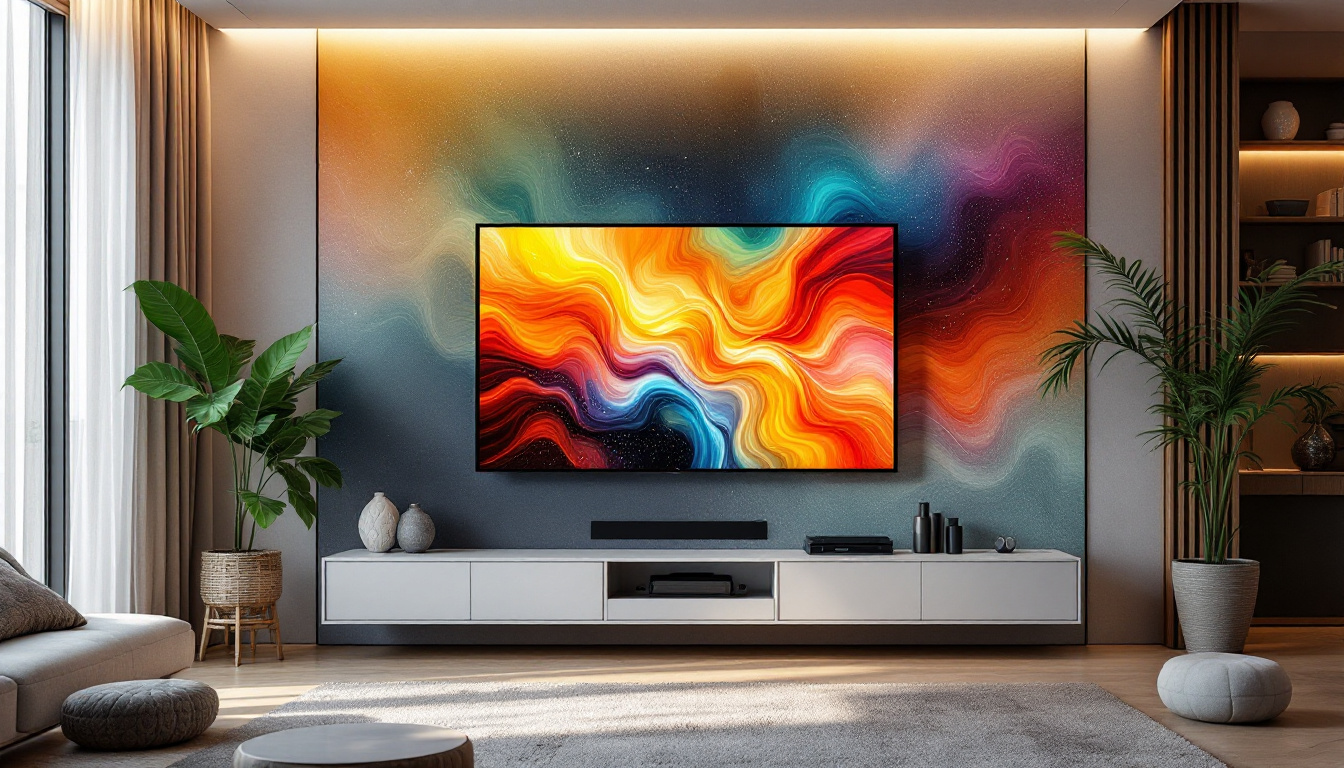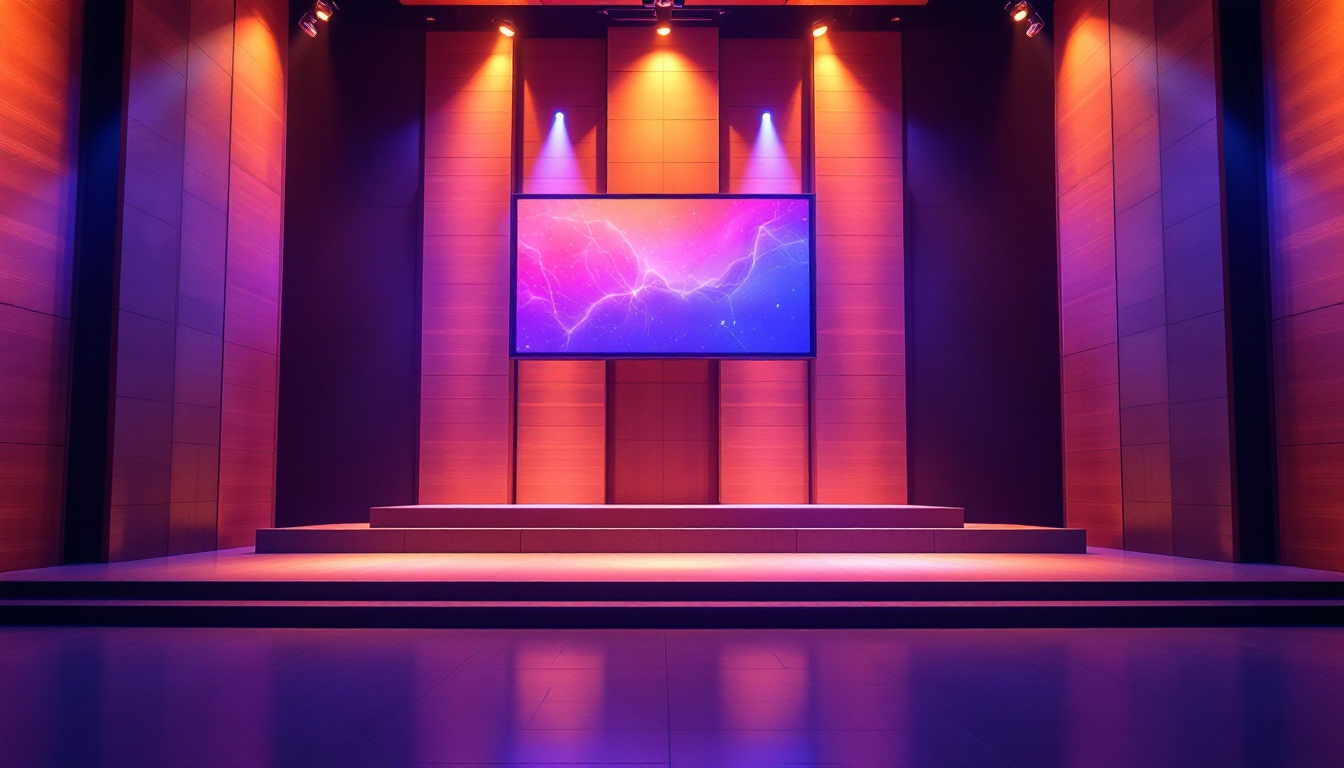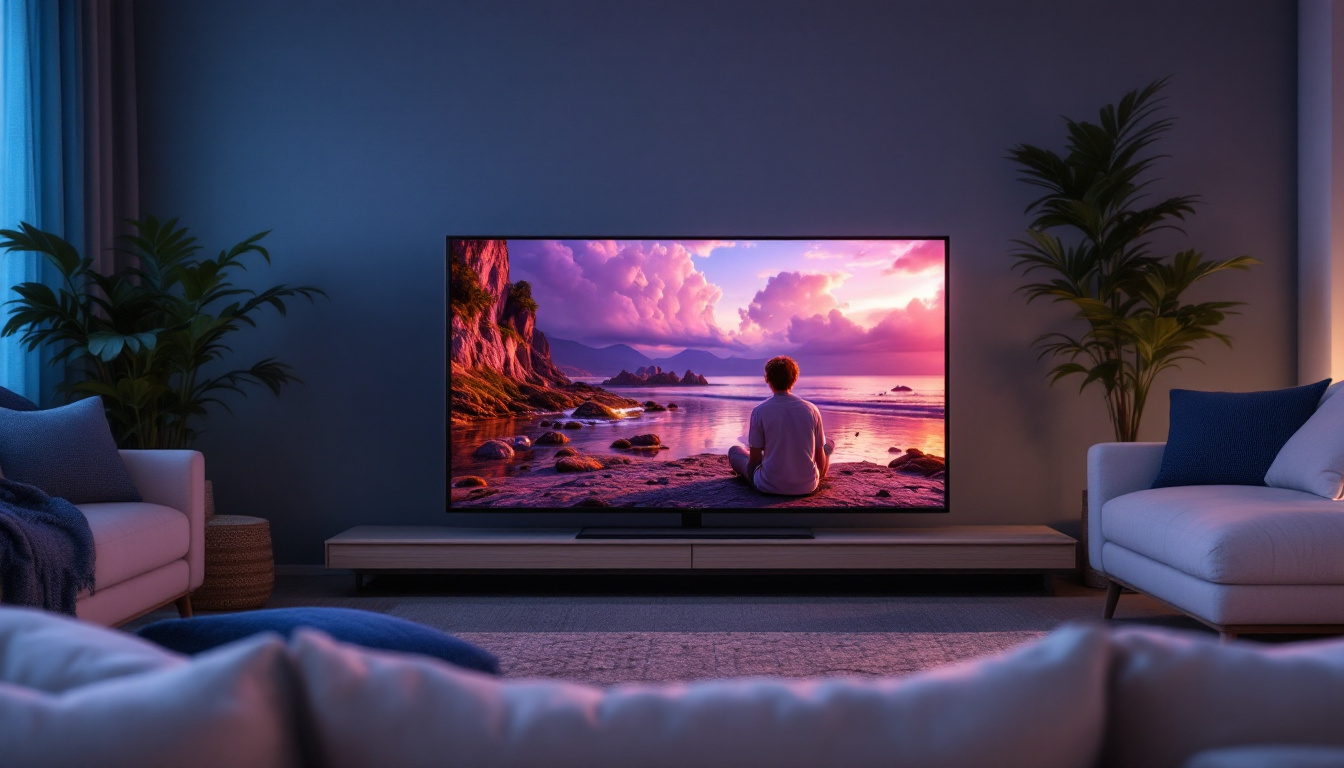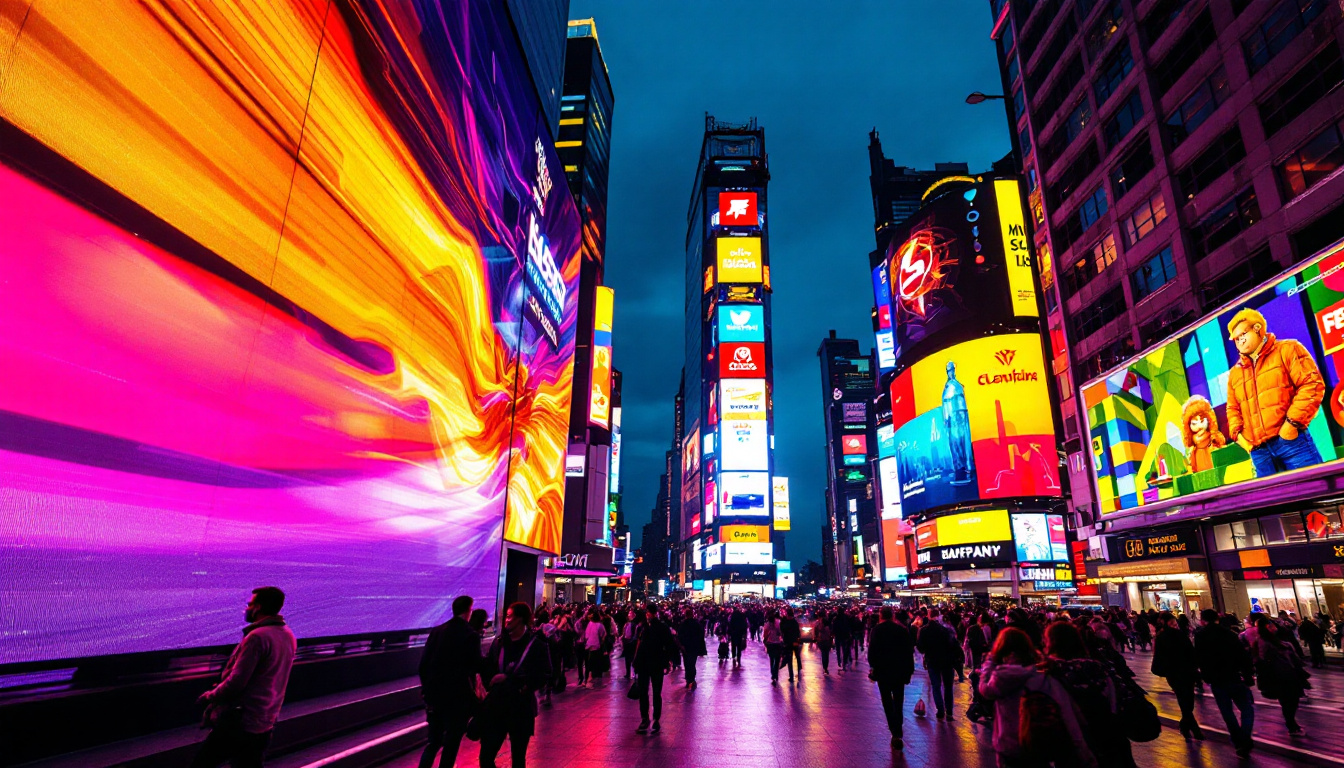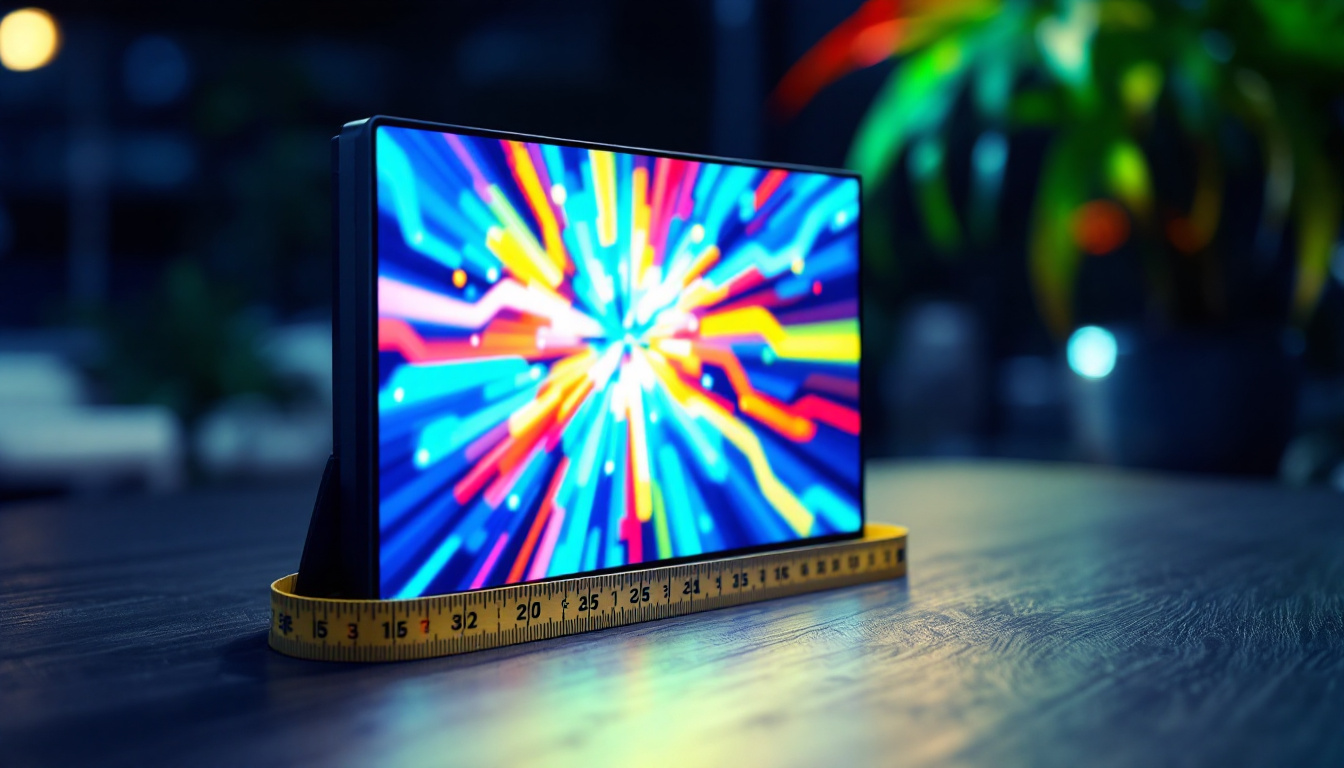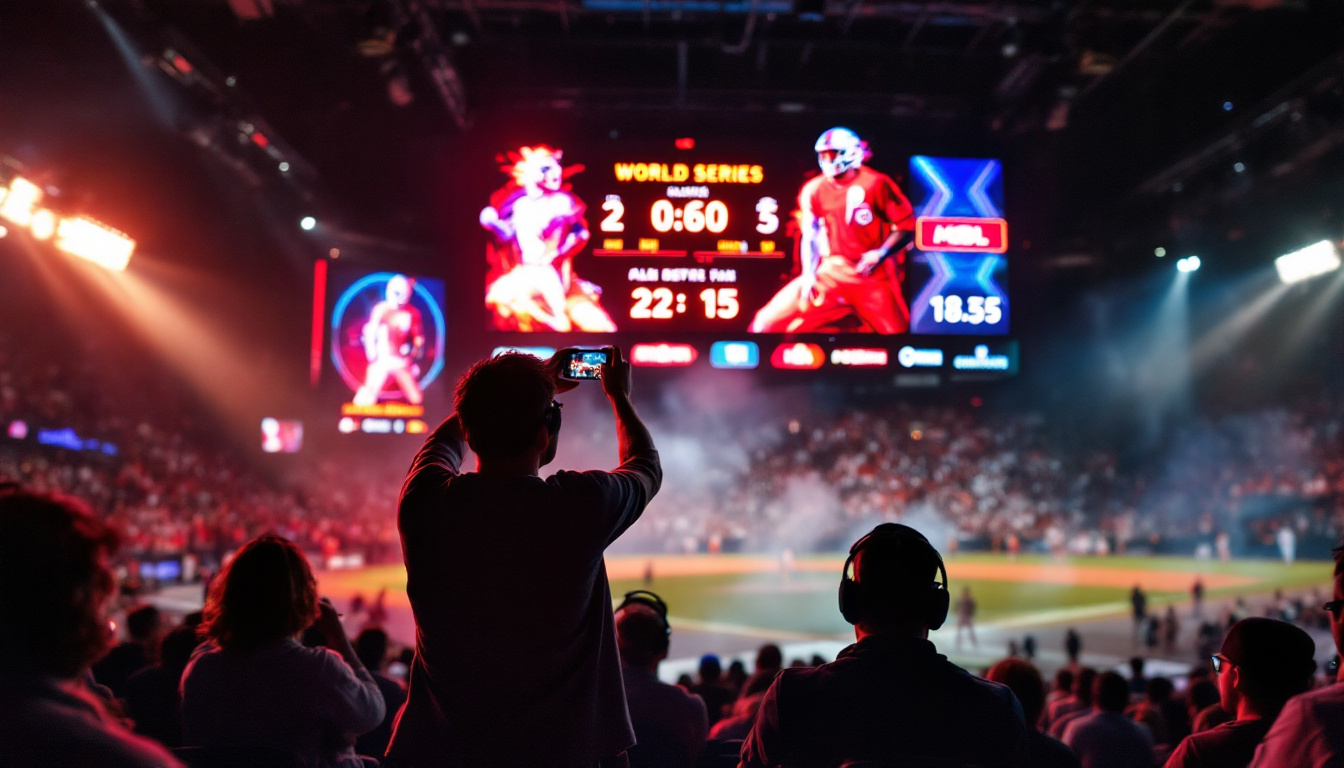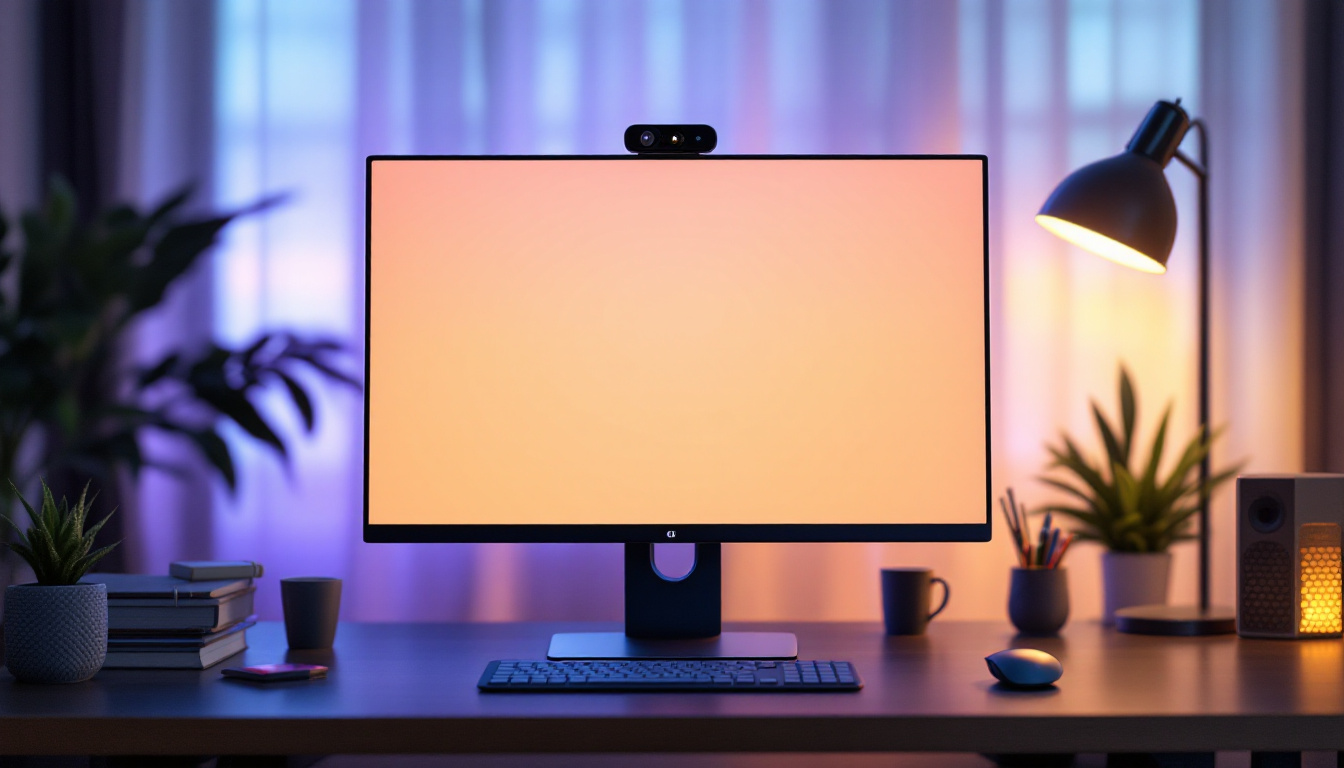In an era where data privacy is more critical than ever, the use of privacy screens has become a common practice for both professionals and everyday users. Among these, the 27 inch privacy screen designed for LED displays stands out as a popular choice, balancing size, clarity, and security. This article delves into the technical aspects, benefits, and considerations of using a 27 inch privacy screen on LED monitors, providing a comprehensive understanding for anyone looking to protect their screen content without sacrificing display quality.
Understanding Privacy Screens and Their Importance
Privacy screens are physical filters that attach to computer monitors, laptops, or tablets to limit the viewing angle of the display. This means that only the person directly in front of the screen can see the content clearly, while those viewing from the side see a darkened or blurred screen. This functionality is especially crucial in environments where sensitive information is handled, such as corporate offices, healthcare settings, or public spaces. In addition to protecting sensitive data, privacy screens can also help reduce distractions in busy environments, allowing users to focus on their tasks without the interference of curious onlookers.
According to a 2023 survey by the International Data Corporation (IDC), over 60% of professionals working with confidential data reported concerns about shoulder surfing — the act of spying on someone’s screen. Privacy screens help mitigate this risk by physically restricting the viewing angle, thereby enhancing data security without relying solely on software solutions. Furthermore, the rise of remote work has increased the necessity for privacy screens, as employees often find themselves working in shared spaces, such as coffee shops or co-working environments, where the risk of unauthorized viewing is significantly heightened.
Why Choose a 27 Inch Privacy Screen?
The 27 inch size corresponds to a common monitor dimension favored by professionals for its balance between screen real estate and desk space. This size is prevalent in industries like graphic design, finance, programming, and general office work. A privacy screen tailored to this size ensures a perfect fit, maintaining the display’s clarity and touch sensitivity (if applicable) while providing the necessary privacy protection. Additionally, the ergonomic benefits of a 27 inch monitor can contribute to better posture and reduced eye strain, making it a popular choice among users who spend long hours in front of their screens.
Moreover, 27 inch LED displays typically have a resolution of 2560×1440 pixels (QHD) or higher. A well-designed privacy screen must preserve this resolution’s sharpness to avoid compromising the user experience. This is why understanding the technology behind these screens is essential before making a purchase. High-quality privacy screens are engineered with advanced optical technology that allows for minimal distortion of colors and brightness, ensuring that the vibrant visuals of your work remain intact. Additionally, many privacy screens come with anti-glare coatings, which not only protect your data but also enhance visibility in brightly lit environments, making them a versatile solution for professionals who work in various lighting conditions.
How LED Displays Work and Their Compatibility with Privacy Screens
LED (Light Emitting Diode) displays are a type of LCD (Liquid Crystal Display) that use LED backlighting instead of traditional CCFL (Cold Cathode Fluorescent Lamp) backlighting. This technology offers several advantages, including better energy efficiency, higher brightness, and improved color accuracy.
When it comes to applying a privacy screen on an LED display, compatibility is a key consideration. The screen must not interfere with the LED’s backlight or color rendering. High-quality privacy screens are designed with micro-louver technology, which acts like tiny blinds to block side views while allowing direct viewing. This technology works harmoniously with LED displays, ensuring that brightness and color fidelity remain largely unaffected.
Micro-Louver Technology Explained
At the heart of most privacy screens is micro-louver technology. These are microscopic vertical blinds embedded within the screen filter that restrict the viewing angle to approximately 30 to 60 degrees. When looking straight on, the light passes through unobstructed, but from an angle, the micro-louvers block the light, rendering the screen dark or black.
This technology is crucial for LED displays because it ensures that the brightness and contrast levels are maintained for the primary user. Unlike software-based privacy solutions, micro-louver privacy screens do not rely on pixel manipulation or screen dimming, which can degrade image quality.
Benefits of Using a 27 Inch Privacy Screen on LED Monitors
Privacy screens offer multiple benefits beyond just securing sensitive information. For users of 27 inch LED monitors, these advantages become even more pronounced due to the size and typical usage scenarios of these displays.
Enhanced Data Security
The primary benefit is obvious: enhanced security. Whether working on financial reports, medical records, or confidential emails, a privacy screen prevents unauthorized viewing. This is especially important in open office layouts, co-working spaces, or public areas such as airports and cafes.
Reduced Glare and Eye Strain
Many privacy screens also come with anti-glare coatings that reduce reflections from ambient lighting. This can significantly reduce eye strain during long working hours, improving comfort and productivity. For 27 inch displays, which are often used for multitasking and detailed work, reducing glare is a valuable feature.
Maintaining Display Quality
Modern privacy screens are designed to maintain the display’s original brightness and color accuracy. This is essential for professionals in creative fields who rely on precise color representation. The micro-louver technology used in these filters ensures that the image remains sharp and vibrant when viewed head-on.
Choosing the Right 27 Inch Privacy Screen for Your LED Display
Selecting the appropriate privacy screen involves considering several factors to ensure compatibility and optimal performance.
Screen Size and Aspect Ratio
While the nominal size is 27 inches, it is important to verify the exact dimensions and aspect ratio of your monitor. Most 27 inch monitors have a 16:9 aspect ratio, but some ultrawide or curved models may differ. Choosing a privacy screen that matches these specifications ensures a perfect fit and avoids issues like peeling or bubbles.
Attachment Method
Privacy screens come with various attachment options including adhesive strips, magnetic frames, or slide-on mounts. Magnetic attachments are popular for their ease of installation and removal, especially for users who switch between private and shared environments frequently. Adhesive strips provide a more permanent solution but can leave residue upon removal.
Resolution Compatibility
Ensure the privacy screen supports the resolution of your LED display. Higher resolution monitors require filters that do not degrade image sharpness. Look for privacy screens explicitly designed for QHD or 4K displays if your monitor supports these resolutions.
Additional Features
Some privacy screens offer extra functionalities such as blue light filtering, which can reduce eye fatigue and improve sleep quality. Others may have anti-fingerprint coatings or enhanced scratch resistance. Consider these features based on your specific needs.
Installation and Maintenance Tips
Proper installation and care of your 27 inch privacy screen can extend its lifespan and maintain its effectiveness.
Installation Best Practices
Before applying the privacy screen, clean your monitor thoroughly with a microfiber cloth to remove dust and fingerprints. Follow the manufacturer’s instructions carefully, whether you are using adhesive strips or magnetic mounts. For adhesive types, align the screen precisely to avoid misplacement, which can cause bubbles or peeling.
For magnetic or slide-on types, ensure the frame is securely attached to prevent accidental detachment during use.
Cleaning and Maintenance
Use a soft, lint-free cloth to clean the privacy screen regularly. Avoid harsh chemicals or abrasive materials that can damage the micro-louvers or coatings. Many manufacturers recommend using a mild soap solution or specialized screen cleaning sprays.
Inspect the screen periodically for scratches or wear, as damaged privacy screens may reduce effectiveness and display quality.
Common Misconceptions About Privacy Screens
Despite their growing popularity, some misconceptions about privacy screens persist, which can deter potential users.
Privacy Screens Make Displays Too Dark
While early privacy screens did reduce brightness significantly, modern micro-louver technology minimizes this effect. Most users report only a slight dimming, which can be compensated by adjusting the monitor’s brightness settings without compromising image quality.
Privacy Screens Are Only for High-Security Environments
Privacy screens are useful in many scenarios beyond high-security workplaces. For example, remote workers in shared living spaces, students in libraries, or travelers in airports can benefit from added privacy. The screens provide peace of mind wherever sensitive information is displayed.
They Are Difficult to Install and Remove
With advancements in attachment methods, many privacy screens are now easy to install and remove. Magnetic frames and slide-on designs allow users to toggle privacy on and off as needed without hassle.
Future Trends in Privacy Screen Technology
The privacy screen market continues to evolve with innovations aimed at improving user experience and security.
Integration with Touchscreen Devices
As touchscreen monitors become more prevalent, privacy screens are being designed to maintain touch sensitivity. This ensures that users can interact with their displays naturally without sacrificing privacy.
Adaptive Privacy Screens
Emerging technologies are exploring privacy screens that can dynamically adjust their opacity based on user proximity or environmental factors. Such adaptive screens could provide privacy only when needed, optimizing visibility and energy consumption.
Eco-Friendly Materials
Manufacturers are increasingly focusing on sustainability by using recyclable and biodegradable materials in privacy screen production. This aligns with the broader push for environmentally responsible office equipment.
Conclusion
The 27 inch privacy screen for LED displays offers a practical and effective solution for protecting sensitive information in various settings. By leveraging advanced micro-louver technology, these screens provide privacy without compromising display quality or user comfort. When selecting a privacy screen, it is important to consider factors such as size compatibility, attachment methods, and additional features to ensure the best fit for your needs.
As workplace environments and technology continue to evolve, privacy screens remain a vital tool in safeguarding data and enhancing user experience. Whether in a corporate office, home workspace, or public setting, investing in a high-quality 27 inch privacy screen can provide peace of mind and contribute to a more secure digital environment.
Discover LumenMatrix’s Advanced LED Solutions
Ready to elevate your visual experience while maintaining privacy and security? LumenMatrix offers a wide range of innovative LED display solutions tailored to meet your needs. From enhancing your brand’s visibility with our Indoor and Outdoor LED Wall Displays to creating dynamic visual communications with our Custom and All-in-One LED Displays, we have the technology to captivate and engage your audience. Experience the future of visual display with LumenMatrix. Check out LumenMatrix LED Display Solutions today and transform your space into a statement of cutting-edge design and functionality.



